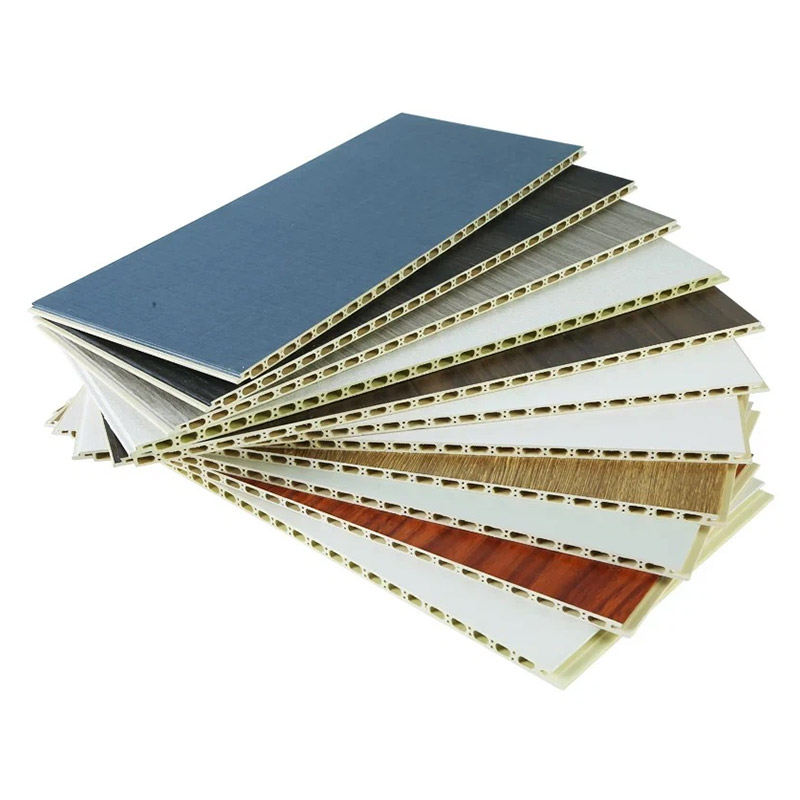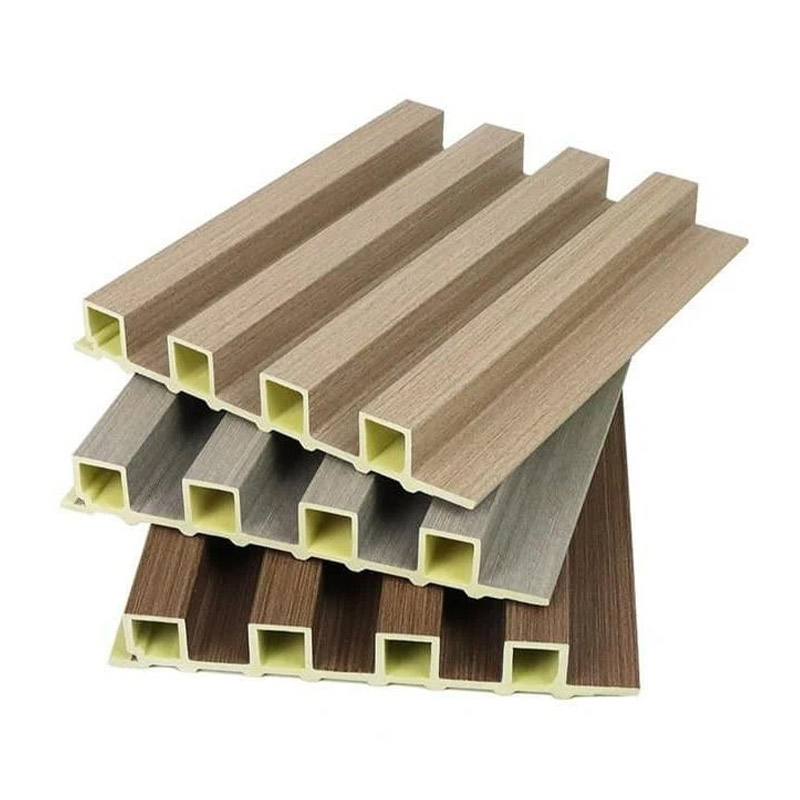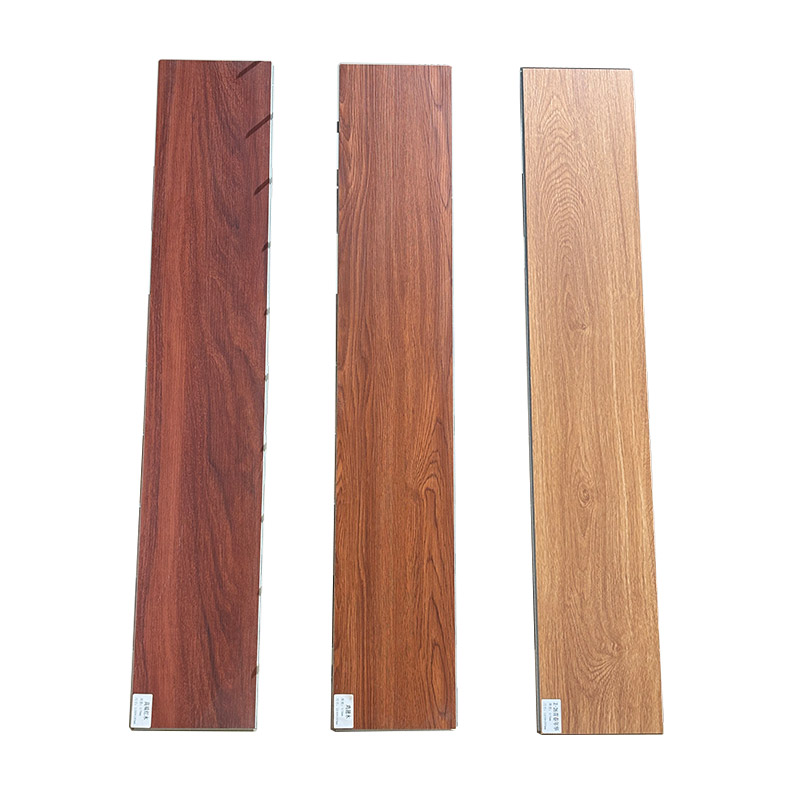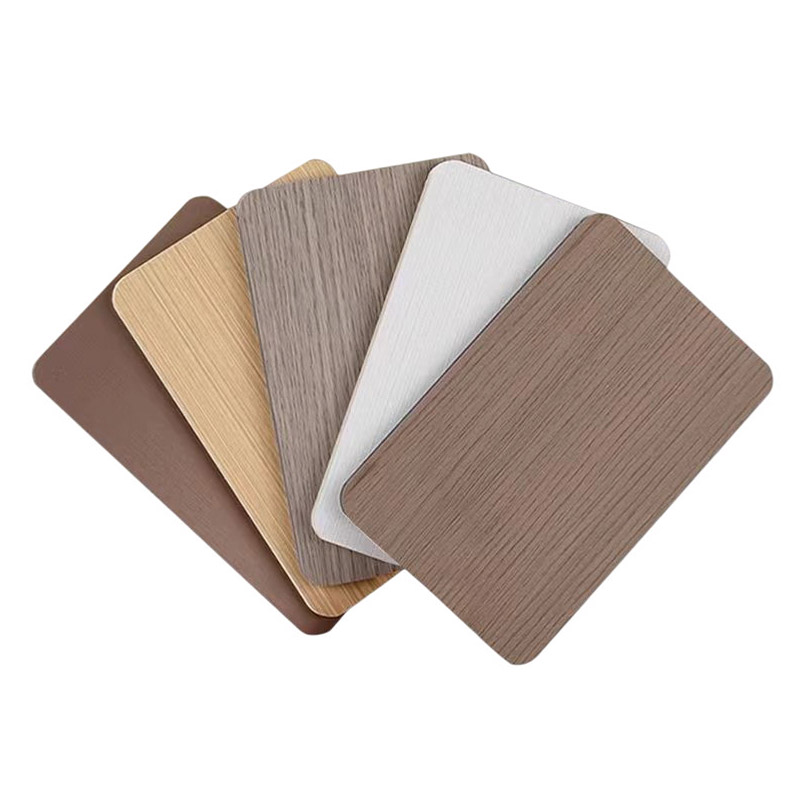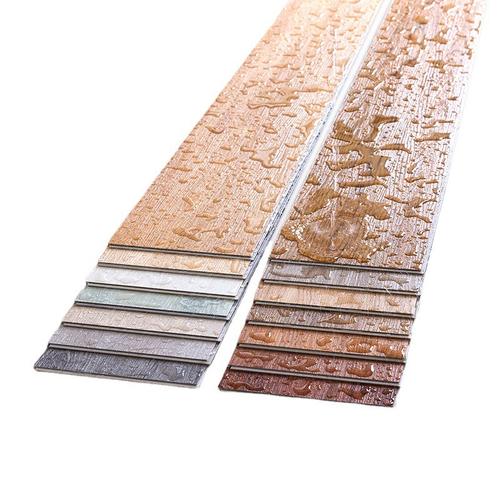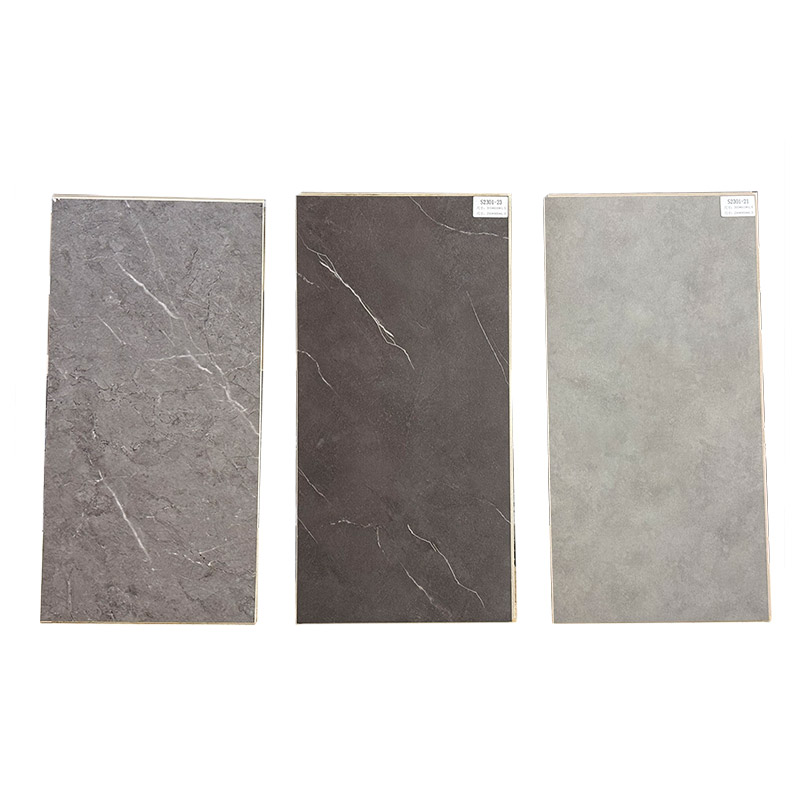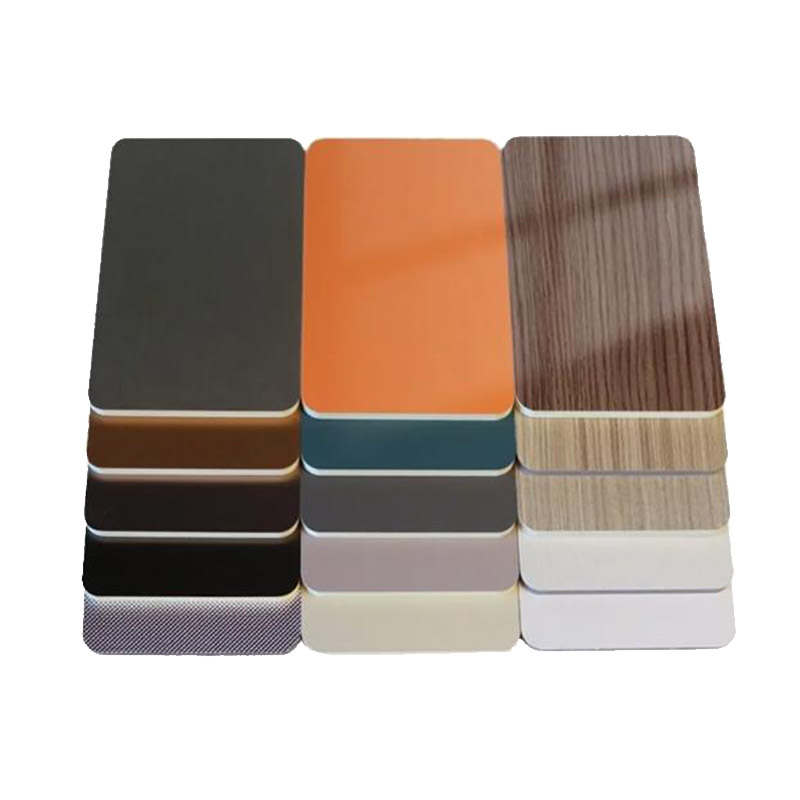WPC VS SPC Flooring In-depth Analysis:Purchasing Decisions
In the purchase of commercial space decoration, the choice of flooring materials directly affects the project cost, subsequent maintenance and customer experience. In recent years, WPC (wood plastic composite flooring) and SPC (stone plastic composite flooring) have become popular choices in commercial scenes due to their respective advantages. This article will analyze the applicable scenarios and purchasing decision points of the two materials to help companies avoid selection errors.

Market Trends: Why are WPC and SPC more popular in commercial scenarios?
As commercial spaces have upgraded their requirements for flooring’s “durability, environmental protection, and installation efficiency,” the problems of traditional wooden floors being easily deformed and tiles having a poor feel underfoot have gradually become more prominent. WPC and SPC floors have rapidly become popular in scenarios such as hotels, office buildings, retail stores, and educational institutions, thanks to their composite material advantages.
Table of Contents
WPC VS SPC Flooring: Core differences from commercial pain points
(1) Stability: Determines Long-term Use Cost
Commercial spaces have large traffic and complex environments, and floor stability directly affects maintenance frequency. WPC floors contain a wood fiber layer and have good stability in a dry environment, but they may slightly bulge in a high humidity environment for a long time (such as the first floor of a shopping mall in the rainy season in the south), and require professional moisture-proof treatment. SPC floors are based on stone powder and have a water absorption rate of less than 0.5%. They are more stable in humid and temperature-difference scenes (such as around swimming pools and underground garages), which can reduce the cost of later repairs and replacements.
(2) Installation efficiency: The key to shortening the project cycle
Commercial projects have tight construction schedules, and floor installation efficiency directly affects the opening progress. WPC floor installation must ensure that the ground flatness error is ≤2mm, otherwise the lock is prone to loosening, which is suitable for scenes with standardized ground treatment in new projects. SPC flooring adopts “glue-free lock” technology and can be directly laid on old floors (such as tiles and cement floors) without large-scale demolition. The single-floor installation efficiency is 40% higher than that of WPC, which is particularly suitable for chain store renovations, office building quick installation and other projects with tight deadlines.
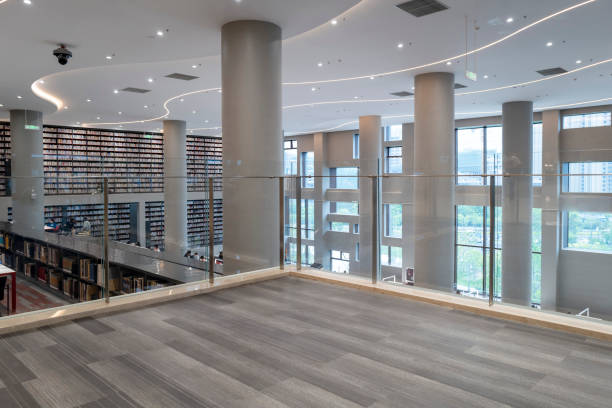
(3) Wear resistance and maintenance: reducing operational losses
The average daily flow of people in commercial spaces can reach thousands of people, and the wear resistance of the floor is crucial. The wear-resistant layer on the surface of WPC flooring is usually 0.3-0.5mm, which is suitable for medium-flow scenes such as office buildings and educational institutions, and requires regular waxing and maintenance. The wear-resistant layer of SPC flooring is 0.5-1.2mm thick and has passed the AC4 wear-resistant certification. It can withstand the wear and tear of high-frequency use scenes such as shopping malls and hospitals, and stains are easy to clean. The monthly maintenance cost is only 50% of WPC.
(4) Environmental protection and compliance: avoiding commercial risks
As environmental protection policies tighten, material compliance has become a procurement red line. If WPC flooring uses inferior glue, there may be a risk of excessive formaldehyde emission. When purchasing, you must look for authoritative certifications such as E0 and CARB. SPC flooring has no wood components, uses less glue during the production process, and can control formaldehyde emission to ≤0.02mg/m³, easily passing the environmental protection acceptance of commercial places. It is especially suitable for scenes with strict environmental requirements such as kindergartens and medical spaces.
Precise Selection To Match Business Needs
(I) Scenarios where SPC flooring is preferred
- High-traffic commercial spaces: shopping malls, supermarkets, high-speed rail stations and other areas with daily traffic exceeding 10,000 people need to rely on SPC’s high wear resistance to reduce replacement frequency.
- Wet environment scenarios: swimming pools, hot spring hotels, first-floor shops in southern regions, etc. SPC’s moisture resistance can prevent the floor from arching and deforming.
- Quick renovation projects: renovation projects for chain restaurants and convenience stores. SPC’s convenient installation can shorten store closing time and reduce revenue losses.
- Strict environmental protection scenarios: children’s hospitals, confinement centers and other places with extremely high environmental protection requirements. SPC’s low formaldehyde advantage can avoid compliance risks.
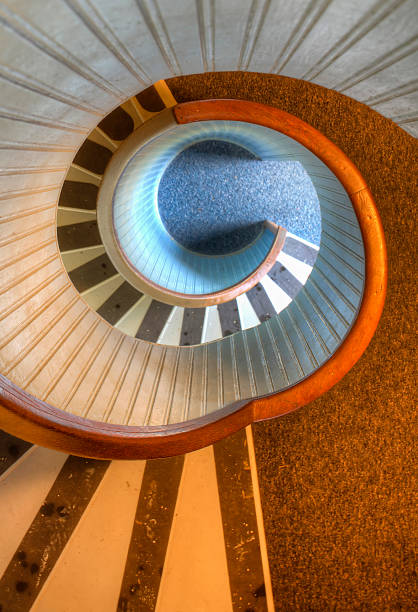
(II) Scenarios where WPC flooring is preferred
- Medium and low-traffic office spaces: corporate headquarters, office buildings, etc. WPC’s warm foot feel can improve employee comfort.
- Dry area projects: In areas with dry climates, WPC has better stability and there is no need to worry about cracking caused by excessive drying.
- Budget-sensitive projects: WPC is more cost-effective in scenarios with strict cost control, such as small and medium-sized training institutions and community shops.
Avoiding Procurement Pitfalls: Decision-Making Points
Reject the “low price trap”: low-priced SPC may be produced with recycled materials, and the lock is easy to break; low-priced WPC may exceed the formaldehyde standard, and the supplier needs to provide a third-party test report.
Focus on after-sales service: Commercial projects require batch supply and installation support to ensure that problems are responded to within 48 hours.
Reserve adaptation space: clarify the project scenario before purchasing (such as whether to lay floor heating, whether there is heavy rolling), and require suppliers to provide targeted solutions to avoid rework due to material mismatch.
Conclusion: Selection is long-term value
In commercial procurement, there is no absolute advantage or disadvantage between WPC and SPC floors, only the difference in whether they match the scene. Choosing SPC is essentially buying “stability and low maintenance” for high-demand scenes; choosing WPC is balancing cost and experience in the adaptation scene. It is recommended to combine core elements such as project flow, environmental characteristics, and budget cycle, and jointly formulate a selection plan with the design party and the construction party, so that the floor can become a long-term asset to enhance the value of commercial space, rather than a burden on later operations.
If you need to obtain further localized supplier recommendations or material sample testing services, you can leave a message for consultation, and Chongqing HG will provide customized procurement support.

